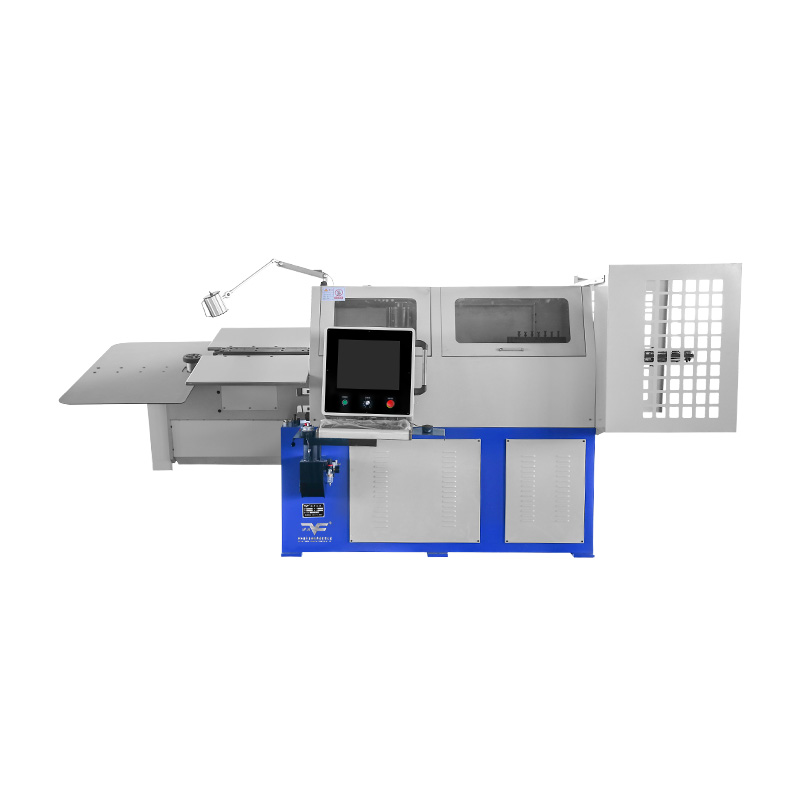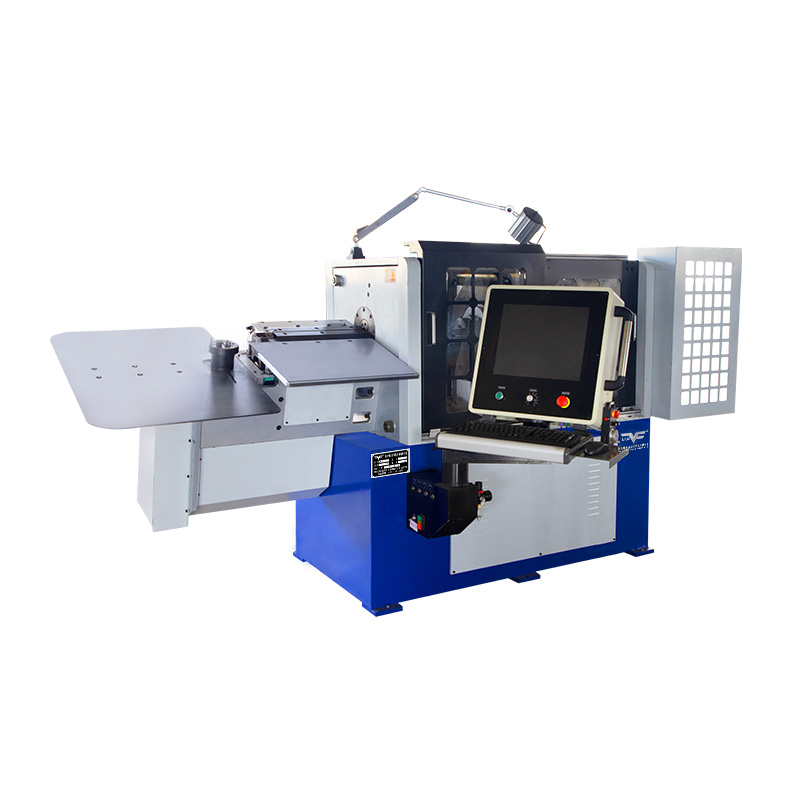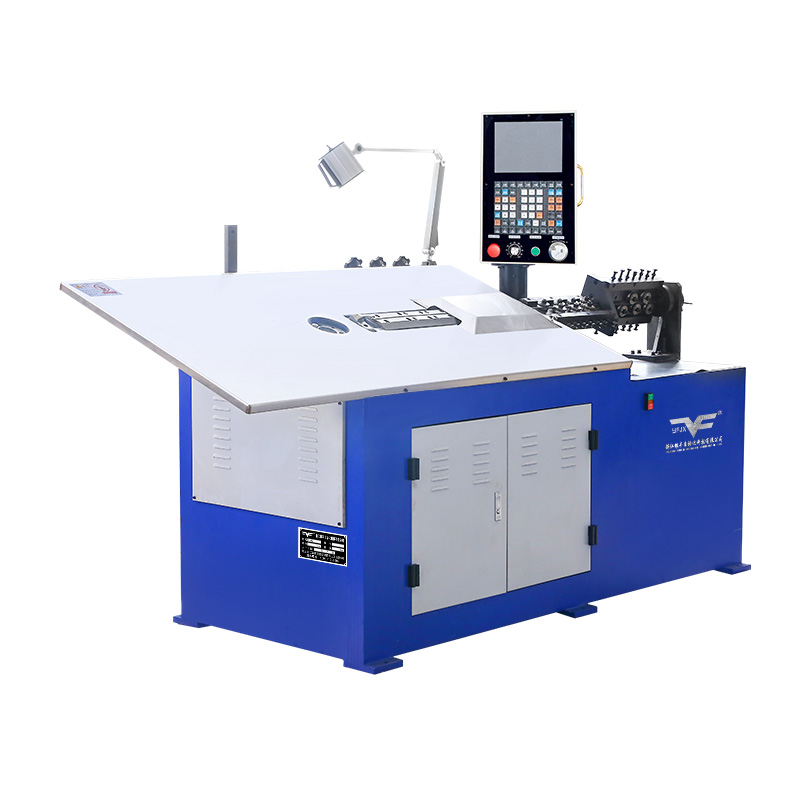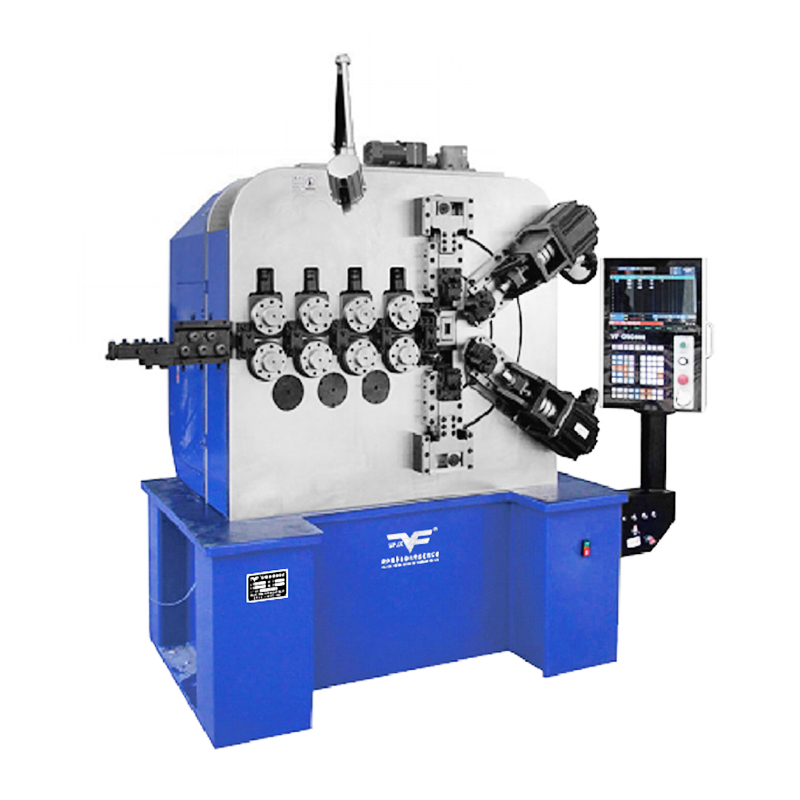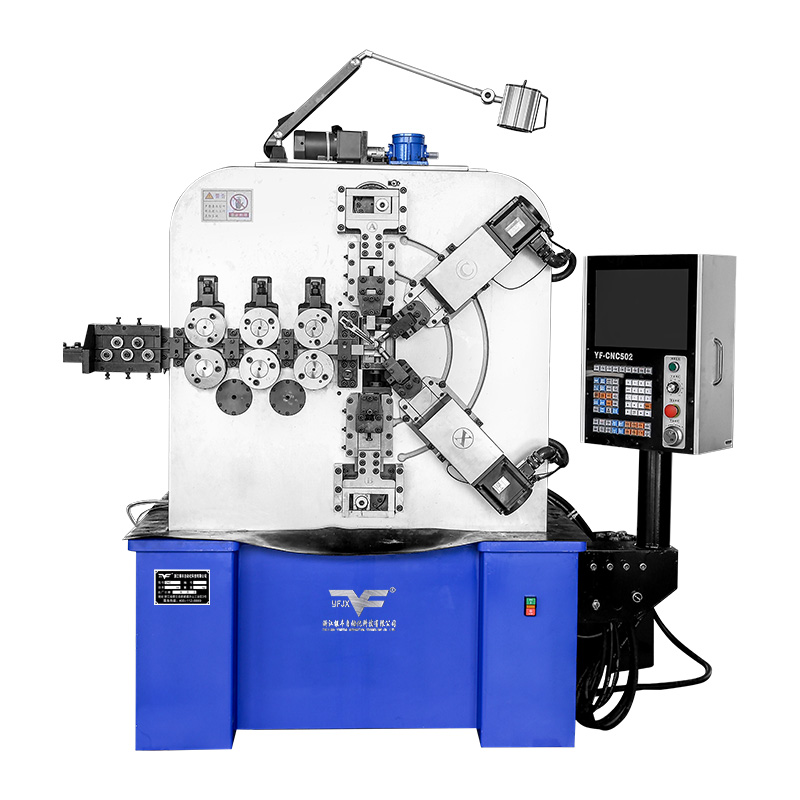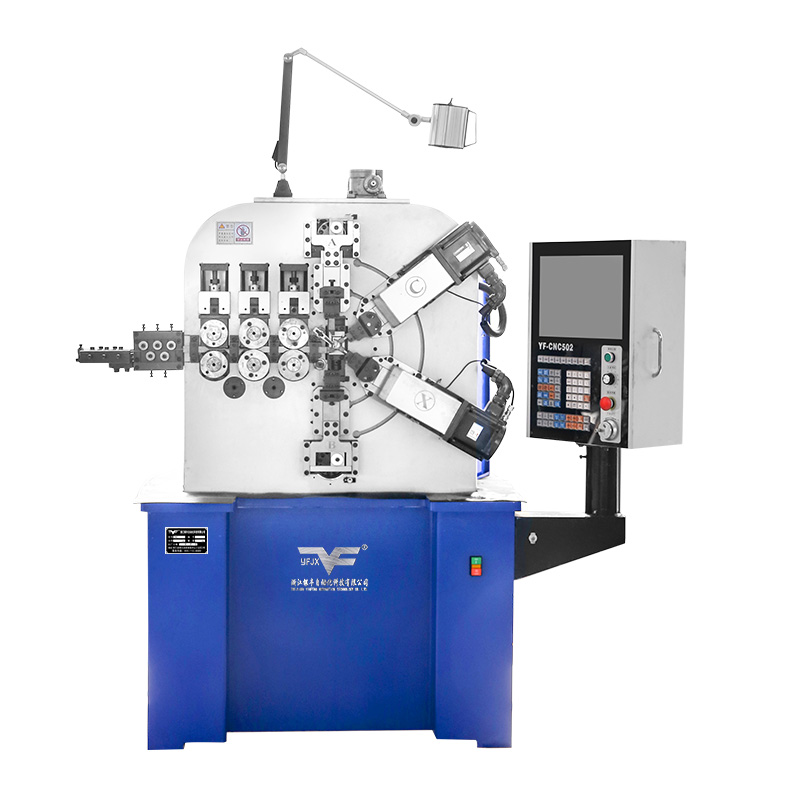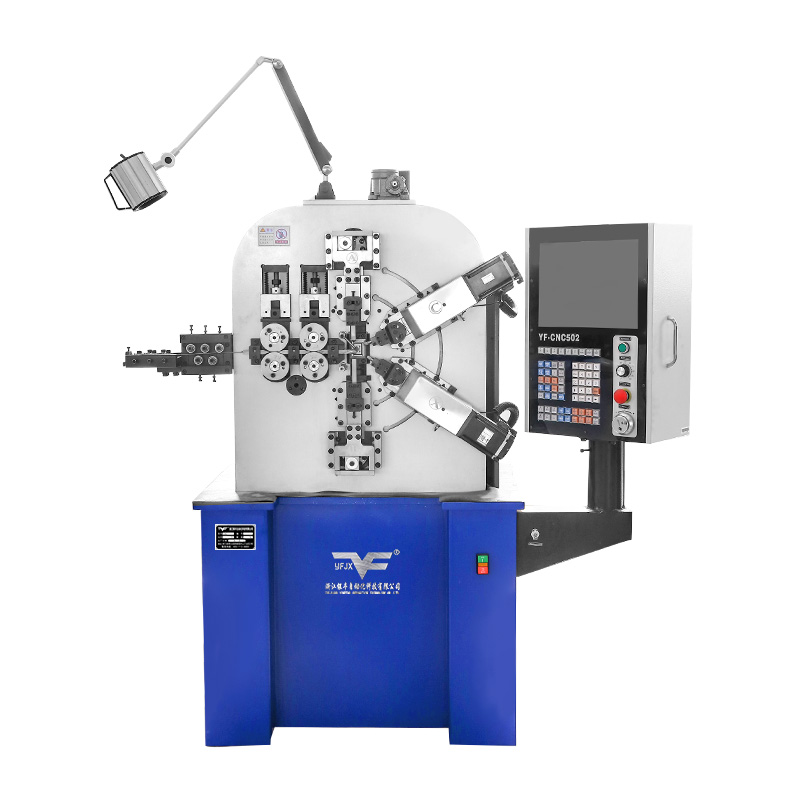How Do Different Spring Forming Techniques Affect the Performance and Durability of Springs?
Industry News-Spring forming is a critical process in the production of springs, involving the shaping of wire into a coil that provides resilience and flexibility. Historically, this process was straightforward, but advancements in technology have introduced several sophisticated techniques. Among these, wire machines play a crucial role in determining the precision and quality of the final product.
In traditional spring production, the wire was manually fed into simple forming machines. This method, while effective, often led to inconsistencies in spring dimensions and properties. Today's wire machines, however, incorporate advanced controls and automation, cause more precise and consistent spring production. These modern wire machines are capable of handling various materials and producing complex spring geometries, which significantly enhance the performance and durability of the springs.
Impact of Different Techniques on Spring Performance
1. Cold Winding vs. Hot Winding
One of the fundamental distinctions in spring forming is between cold winding and hot winding. Cold winding is conducted at room temperature and is suitable for producing springs with high accuracy and outstanding surface finish. This method is preferred for applications requiring precise control over spring dimensions and where material strength is paramount.
Hot winding, on the other hand, involves heating the wire before forming, which allows for the creation of larger and more robust springs. This technique is often used for heavy-duty applications where springs need to endure substantial loads. However, hot winding can introduce variability in material properties due to the heat, potentially impacting the overall durability of the springs.
2. Progressive Die vs. Automatic Spring Forming
The choice between progressive die forming and automatic spring forming also affects the final product. Progressive die forming uses a series of dies to gradually shape the wire into the desired spring configuration. This method is highly efficient for high-volume production but may limit the complexity of spring designs.
Automatic spring forming, facilitated by advanced wire machines, allows for greater flexibility in producing intricate spring designs with consistent quality. This technique also supports quick adjustments to design specifications, making it ideal for applications requiring rapid prototyping and customization.
3. Coiling Method and Material Handling
The method used to coil the wire is another important factor influencing spring performance. Coiling methods, such as tension coiling and compression coiling, impact the mechanical properties of the spring, including its load-bearing capacity and fatigue resistance. Wire machines equipped with precise coiling controls can optimize these properties to meet specific application requirements.
Additionally, the handling of materials, such as plastic coated mesh fabric, during the forming process can affect the durability of the springs. Plastic coatings can provide added protection against environmental factors, enhancing the longevity of the springs. However, the coating process must be carefully managed to ensure that it does not interfere with the spring's performance or cause inconsistencies in the final product.
The Role of Material Properties in Spring Production
Material selection plays a vital role in the effectiveness of spring forming techniques. High-quality materials with consistent properties are essential for producing springs that perform reliably over time. The interaction between the wire material and the spring forming technique can impact the spring's mechanical characteristics, including its stiffness, flexibility, and fatigue resistance.
Modern wire machines are designed to accommodate a range of materials, from standard steel alloys to advanced composites. The ability to precisely control the forming process allows manufacturers to optimize the performance of the springs based on the material's specific properties. This adaptability is crucial for industries that demand high-performance springs, such as aerospace, automotive, and industrial machinery.
The techniques employed in spring forming have a profound impact on the performance and durability of the final product. From the choice between cold and hot winding to the selection of coiling methods and material handling, each aspect of the spring production process plays a critical role. Advances in wire machines and forming technologies have revolutionized the industry, allowing for greater precision, efficiency, and customization in spring production.

 English
English русский
русский Español
Español 简体中文
简体中文